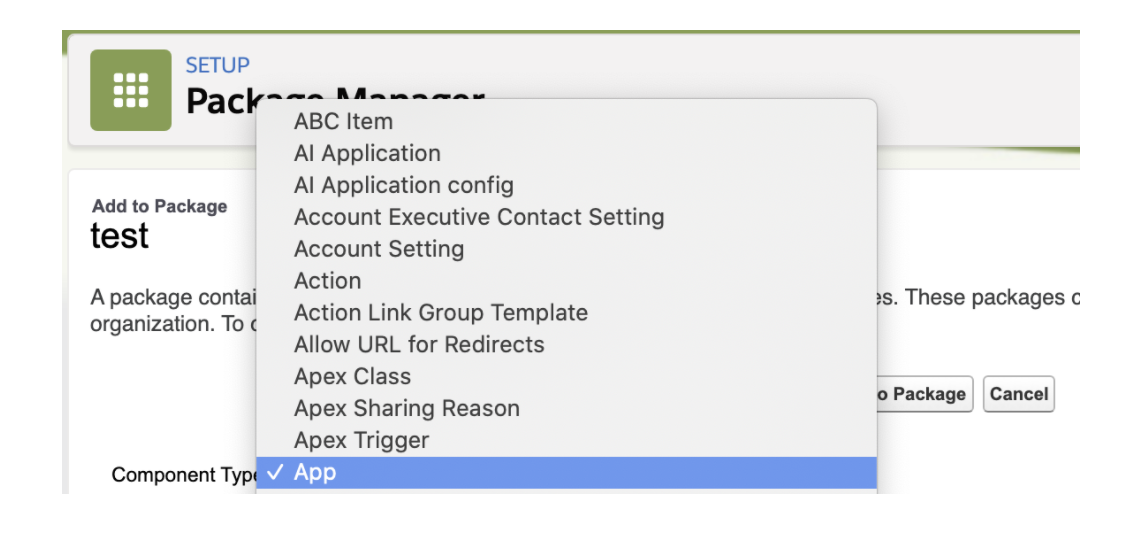

By default, it loads all files in the folder db/migration within the classpath that conform to the configured naming convention.

Writing Our First Database Migrationįlyway tries to find user-provided migrations both on the filesystem and on the Java classpath.
A wide variety of running and configuration options. Support for almost all known schema-based databases. An option to integrate with an existing database. Well structured and easy-to-read documentation. Automate database changes deployment, which helps to minimize human errors.įlyway facilitates database migration while providing:. Have a reproducible state of the database in local and remote environments. Have a single source of truth for the version of the database state. If we multiply the time spent on all these checks with the number of environments and add the time spent on aligning the database state, then we get a decent amount of time lost.Īutomatic database migrations with Flyway or similar tools allow us to: How can I set up a new database instance to a specific or the latest state?Īnswering these questions required one of us to check the SQL scripts to find out if someone has added a column, modified a stored procedure, or similar things. Has this hotfix in production been deployed in other environments afterward?. Has a specific script already been applied or not?. 
What state is the database in on this environment?.Over time, more people joined and, naturally, they started asking questions: I’ve worked on a project where all database changes were deployed manually. This article is accompanied by a working code example on GitHub. We’ll also cover the main advantages of having Database Migrations Done Right. This guide presents various options of using Flyway as part of a Spring Boot application, as well as running it within a CI build. Spring Boot simplifies database migrations by providing integration with Flyway, one of the most widely used database migration tools.







 0 kommentar(er)
0 kommentar(er)
